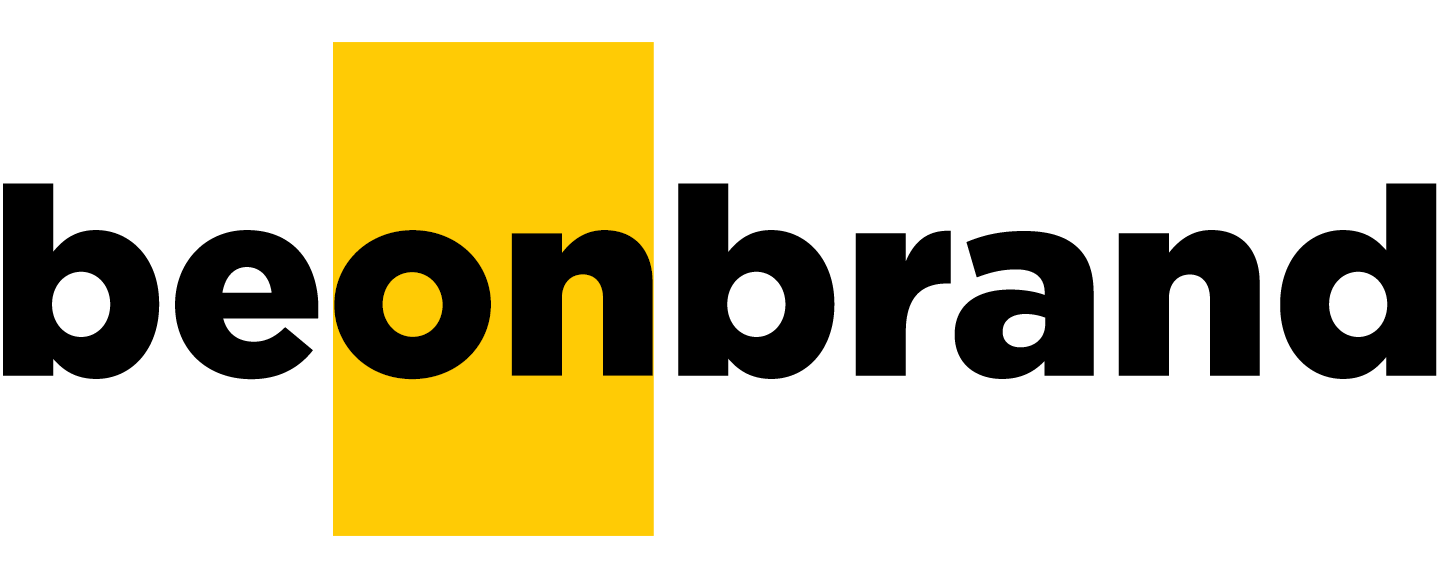
The Power of Video in Education Marketing
In the digital era, video content has become a cornerstone of effective education marketing strategies. Its ability to convey complex information in an engaging and digestible format is unparalleled. This article explores the best practices for creating and utilizing video content in education marketing to captivate and inform prospective students and stakeholders.

Why Video?
Engagement: Videos capture attention and improve retention.
Storytelling: The ability to tell compelling stories about the educational experience.
Versatility: Use across various platforms from websites to social media.

Creating Impactful Educational Videos
Knowing Your Audience
Target Demographics: Tailoring content to your specific audience.
Preferences and Trends: Keeping up with current video consumption trends.
Crafting Your Message
Educational Value: Ensuring content is informative and relevant.
Emotional Connection: Creating content that resonates on a personal level.
Technical Aspects
Quality Production: Importance of good lighting, sound, and editing.
Accessibility: Including captions and transcripts for wider accessibility.

Types of Educational Video Content
Campus Tours and Facility Showcases
Virtual Tours: Giving a glimpse into the campus environment.
Facility Highlights: Showcasing libraries, labs, and other resources.
Student and Faculty Testimonials
Real Experiences: Sharing stories from current students and faculty.
Impact Stories: How the institution has influenced personal and professional growth.
Educational Webinars and Workshops
Expert Insights: Hosting subject matter experts and thought leaders.
Interactive Sessions: Encouraging engagement through Q&A and live discussions.
Distribution and Promotion of Video Content
Multi-Platform Strategy
Social Media Channels: Tailoring content for platforms like YouTube, Instagram, and LinkedIn.
Website Integration: Embedding videos on official university websites.
Analytics and Feedback
Performance Tracking: Using analytics to measure engagement and reach.
Learner Feedback: Gathering insights to refine future content.

Measuring the Success of Video Content
Key Performance Indicators (KPIs)
View Count and Watch Time: Indicators of engagement and interest.
Conversion Rates: Effectiveness in driving admissions and inquiries.
Continuous Improvement
Iterative Process: Refining strategy based on data and feedback.
Innovation and Adaptation: Keeping up with technological advancements and trends.

Conclusion
Video content in education marketing is a powerful tool that, when executed well, can significantly enhance the reach and impact of an educational institution’s marketing efforts. By understanding your audience, creating engaging and high-quality content, and effectively distributing and analyzing this content, educational institutions can forge stronger connections with prospective students and the wider community. The future of education marketing is increasingly visual and interactive, and mastering video content is key to staying ahead in this dynamic landscape.

Share this article
Interested in learning more ?


